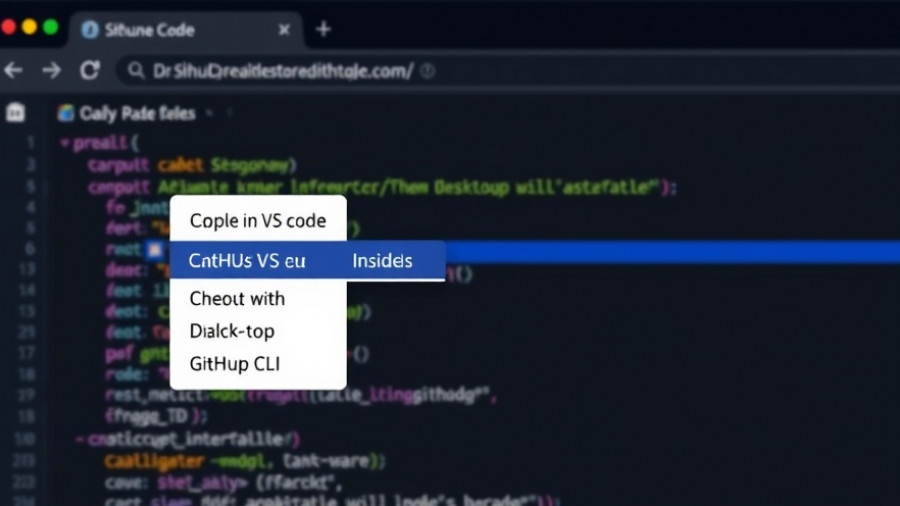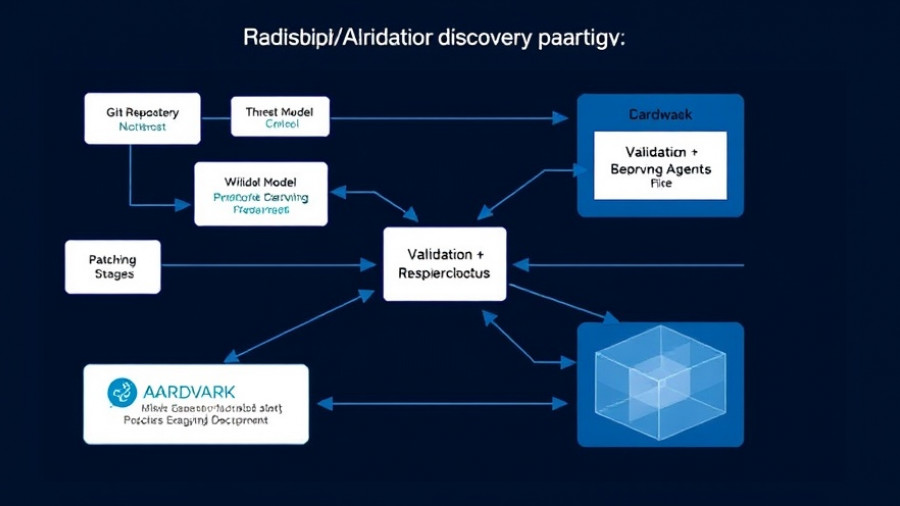
CoreWeave’s Innovation: The Path to Smarter AI Agents
CoreWeave, recognized as a leader in cloud computing solutions, has made waves with its recent launch of Serverless Reinforcement Learning (RL) capability aimed at simplifying the process of training AI agents. This pioneering move has not only captured the attention of AI enthusiasts but also led to a notable 9% surge in the company's stock price, reflecting a growing optimism in the potential of AI.
Breaking Down Serverless RL: A Game-Changer for AI Development
The Serverless RL platform stands out as the first fully managed capability in the market, which significantly diminishes the barriers that often hinder businesses from experimenting with RL. Traditionally, deploying RL required complex infrastructure and expertise that many smaller organizations lacked. With Serverless RL, developers can now access powerful GPU clusters without managing the underlying infrastructure. This means enterprises can iterate quickly and launch AI capabilities efficiently, enhancing their competitive edge in the rapidly evolving AI landscape.
Why Reinforcement Learning Matters: Making AI Agents Intelligent
Reinforcement learning is crucial for developing AI agents capable of making informed decisions akin to human reasoning. By allowing AI systems to learn from their interactions with environments, RL empowers these agents to adjust their strategies in real-time. The capabilities unlocked through Serverless RL could lead to innovations in various fields, from automated customer service agents to intelligent robotics in manufacturing.
Bringing the Power of AI to All: Real-World Applications
Companies like SquadStack.ai and QA Wolf are already leveraging CoreWeave's Serverless RL to enhance their service offerings. For instance, SquadStack.ai, which focuses on optimizing customer interactions through AI, plans to implement these technologies to deliver even more tailored experiences for their clients. Similarly, QA Wolf seeks to boost the efficiency of their software delivery processes using AI-enhanced insights. These case examples illustrate the transformative potential of Serverless RL across industries.
A Bright Future Ahead: Predictions and Impacts of Serverless RL
Looking ahead, the advancements in Serverless RL are set to redefine the landscape of AI development. As more organizations adopt these technologies, we can expect a significant rise in the sophistication of AI functionalities. Enhanced AI agents will likely lead to deeper reasoning abilities, allowing them to not only execute tasks but understand and adapt to complex environments and interactions.
Conclusion: Embracing the AI Revolution
CoreWeave's introduction of Serverless RL is a pivotal step towards democratizing access to advanced AI technologies. By removing the technical barriers present in traditional RL frameworks, the company is not just changing the game for developers; it’s paving the way for a future where intelligent AI agents can be integrated into every aspect of society. As we continue to embrace these advances, it's crucial for tech enthusiasts to stay informed about how such innovations can redefine our daily lives. Will you join the conversation on AI's potential to transform our world?
 Add Row
Add Row  Add
Add 




Write A Comment